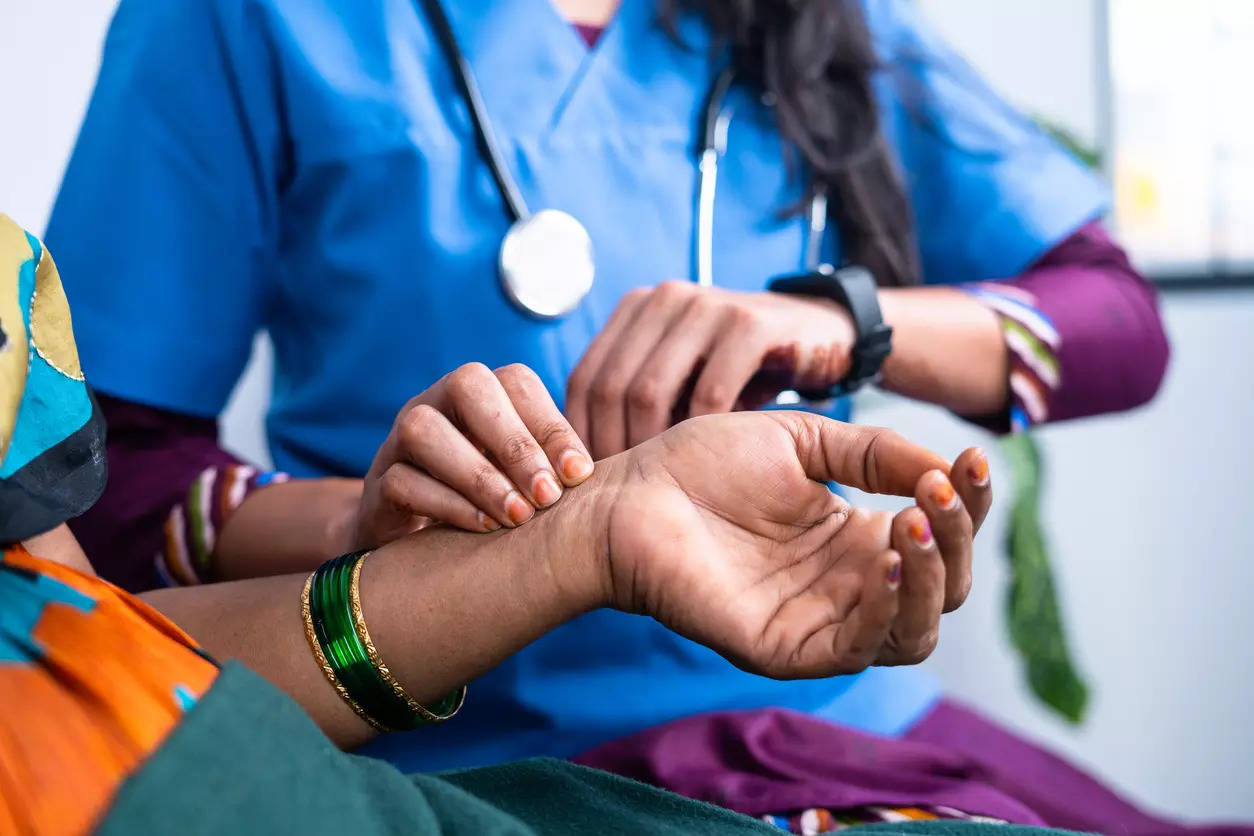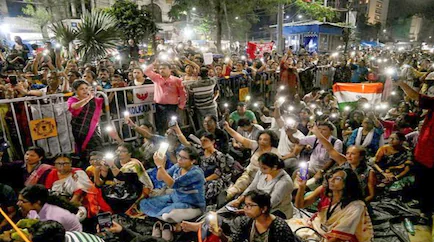Cervical cancer disproportionately affects relatively young women and is the single largest cause of years of life lost to cancer in the developing world. Death of women while in their most productive years has a devastating effect on the social and economic well-being of their families including a decrease in school attendance and poorer nutrition among the surviving children. This impacts the long-term economic growth of the country.
Over 95% of cervical cancers are caused by the Human Papillomavirus (HPV). The World Health Organization recommends vaccination against HPV as the primary approach to eliminate cervical cancer. Research suggests that HPV vaccination offers the most protection when given to girls under the age of 15 years. In 2007, Australia introduced the world’s first nationwide HPV vaccination program, initially vaccinating girls aged 12–13-year-old. By 2020, Australia had the lowest cervical cancer incidence and mortality rates in the world.
While getting vaccinated does not eliminate the need for HPV screenings, it surely protects against high-risk HPVs, making it an essential component of cervical cancer prevention strategy. Many low-resource countries have limited health infrastructure and are not able to offer routine screenings that can help in early detection and management of cervical cancers. A study published in BMJ Open found extensive gender discrimination in healthcare access, with women’s health being grossly neglected. In the National Family Health Survey 5 (2019-2021) of India, women cited money, distance and transportation to health facilities, and unavailability of a female health provider as problems in accessing healthcare. Limited access to healthcare hinders early detection. Getting vaccinated against HPV, therefore, can significantly reduce the spread of HPV and lower the incidence of cervical cancer. Child marriages also increase the risk of exposure to and transmission of HPV and cervical cancer. In India, at least 15 lakh girls under 18 years of age get married every year. HPV vaccination can have long-term benefits in preventing cervical cancer in this at-risk population and reducing the overall cancer burden.
Given the significant cervical cancer burden, it would be timely for India to invest in an HPV immunization program. India has time and again proven its ability to successfully run immunization programs at scale. In addition to running a routine childhood immunization program, conducting the world’s largest vaccination drive to control and prevent COVID-19 has only strengthened India’s immunization infrastructure. Digital platforms, like Co-WIN created to track and ensure COVID-19 vaccination coverage, can be adapted to track beneficiaries for eligibility as well as coverage of HPV vaccination.
Vaccines save lives. This has been extensively proven by vaccines against polio, measles, tetanus and most recently, COVID-19. HPV vaccines have proven to be safe and effective in preventing morbidity and mortality due to cervical cancer. However, despite the global availability of HPV vaccine since 2006 and evidence of its efficacy, the uptake of the vaccine is somewhat low due to multiple challenges. First, the cost of the vaccine is the biggest barrier to access it, especially in developing countries. Not all countries are able to afford introducing the HPV vaccine in government funded programs. Second, there is lack of knowledge among different publics about the impact and consequences of cervical cancer on female morbidity and mortality. Third, the perception that HPV is only a sexually transmitted disease discourages conversation. Lastly, vaccine misinformation is widespread.
Effective communication strategies to create awareness and debunk misinformation related to vaccines will promote vaccine uptake. Communication around HPV vaccines should focus on the many benefits of the vaccine, which include preventing a highly prevalent cancer as well as the socio-economic repercussions of the disease and its treatment. It should also emphasize the importance of vaccinating girls in early adolescence. Strategies drawing on communication and social and behavioral sciences can be effective in promoting awareness, altering perceptions of risk, stemming myths and misinformation, and leading to enhanced vaccine uptake. The campaigns should customize the messages keeping in mind the socio-cultural sensitivities of their audiences. For example, our research found that beneficiaries prefer receiving health information via face-to-face communication such as from healthcare workers because they can better remember the given information. Involving healthcare workers including anganwadi workers and ASHAs, and also teachers while creating awareness about HPV vaccines could be an effective strategy to encourage vaccine uptake. For disseminating messages on scale and promoting broad-based awareness, mass- and social media are essential. In effect, an integrated communication campaign aimed at promoting the vaccine will educate the publics and enhance acceptance of the vaccine.
India has an impressive track record in vaccination with mass mobilization strategies. Such mass mobilization, Jan Andolan, is what is called for in this case. We have an incredible opportunity to eliminate cervical cancer as we know it in India. HPV vaccination is a viable and effective strategy based on science, logic, economics, and ethics. It is an opportunity to eliminate suffering that disproportionately affects women and girls.
By:
Dr. Dhriti Dhawan, a Data Programmer Analyst at the Dana-Farber Cancer Institute in Boston, USA. She has a PhD in Cancer Biology and an MPH Epidemiology and Biostatistics.
Dr. Ramya Pinnamaneni, a Research Associate at the Harvard T.H. Chan School of Public Health. She is a trained physician with an MBBS and an MPH in Global Health.
Prof. K. Viswanath, Lee Kum Kee Professor of Health Communication at Harvard T. H. Chan School of Public Health and Professor of Population Sciences at the Dana-Farber Cancer Institute.










